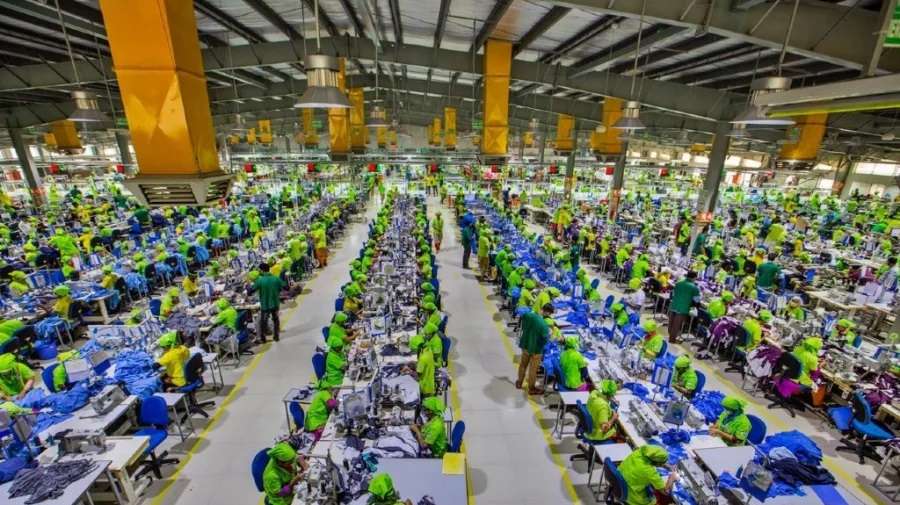
Walmart, the retail giant, recently announced job cuts in its corporate sector alongside a push for in-office work. This has sparked questions about the true motives behind the moves. While automation is a stated goal, some speculate there's more to the story.
Embracing automation
Walmart claims these changes are part of a long-term strategy to integrate automation across 65 per cent of its stores by 2026. This could involve tasks like inventory management, logistics, and even checkout processes. They plan to consolidate remote workers into three central hubs, fostering closer teamwork. This shift could be a response to challenges faced with a fully remote workforce. The company believes automation will improve efficiency and free up employees for customer service roles.
However, some analysts believe the picture is more complex. Here are factors to consider:
Remote work reduction: Walmart's requirement for most remote workers to relocate suggests a shift in company culture, potentially prioritizing in-person collaboration over remote work benefits.
Cost-cutting concerns: Automation, while an investment upfront, can lead to significant cost savings in the long run. This could be a driving force, especially after recent economic uncertainties. Regardless of the reason, job cuts raise concerns for affected employees. While some may be offered relocation, others may face unemployment. The impact on local economies, particularly near the closed remote offices, needs to be considered.
While automation is likely a factor, it's difficult to say definitively if it's the sole reason. Streamlining operations, potentially reducing costs, and a cultural shift towards in-office work all seem to be at play. The impact on store-level jobs remains to be seen. Effective communication and potential reskilling programs from Walmart will be crucial in the face of automation.
Walmart's job cuts are a sign of changing times in retail. Automation is undoubtedly a factor, but cost-cutting and remote work restructuring might also play a role. As automation continues, the industry must find ways to ensure a smooth transition for its workforce.












